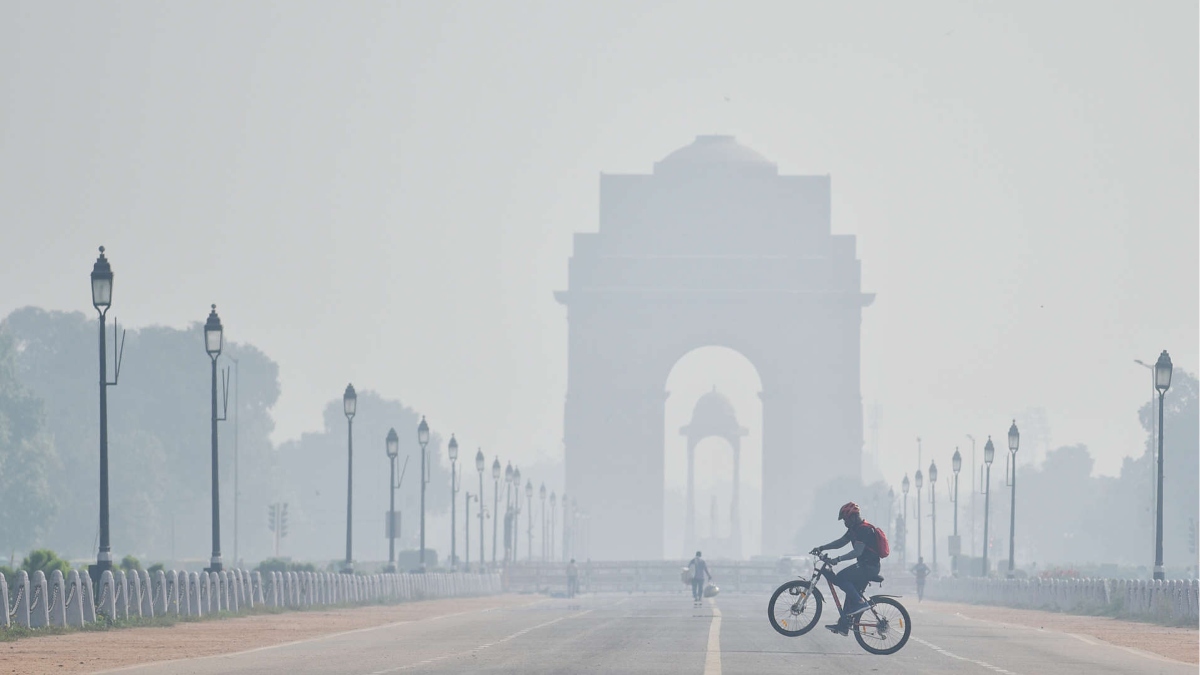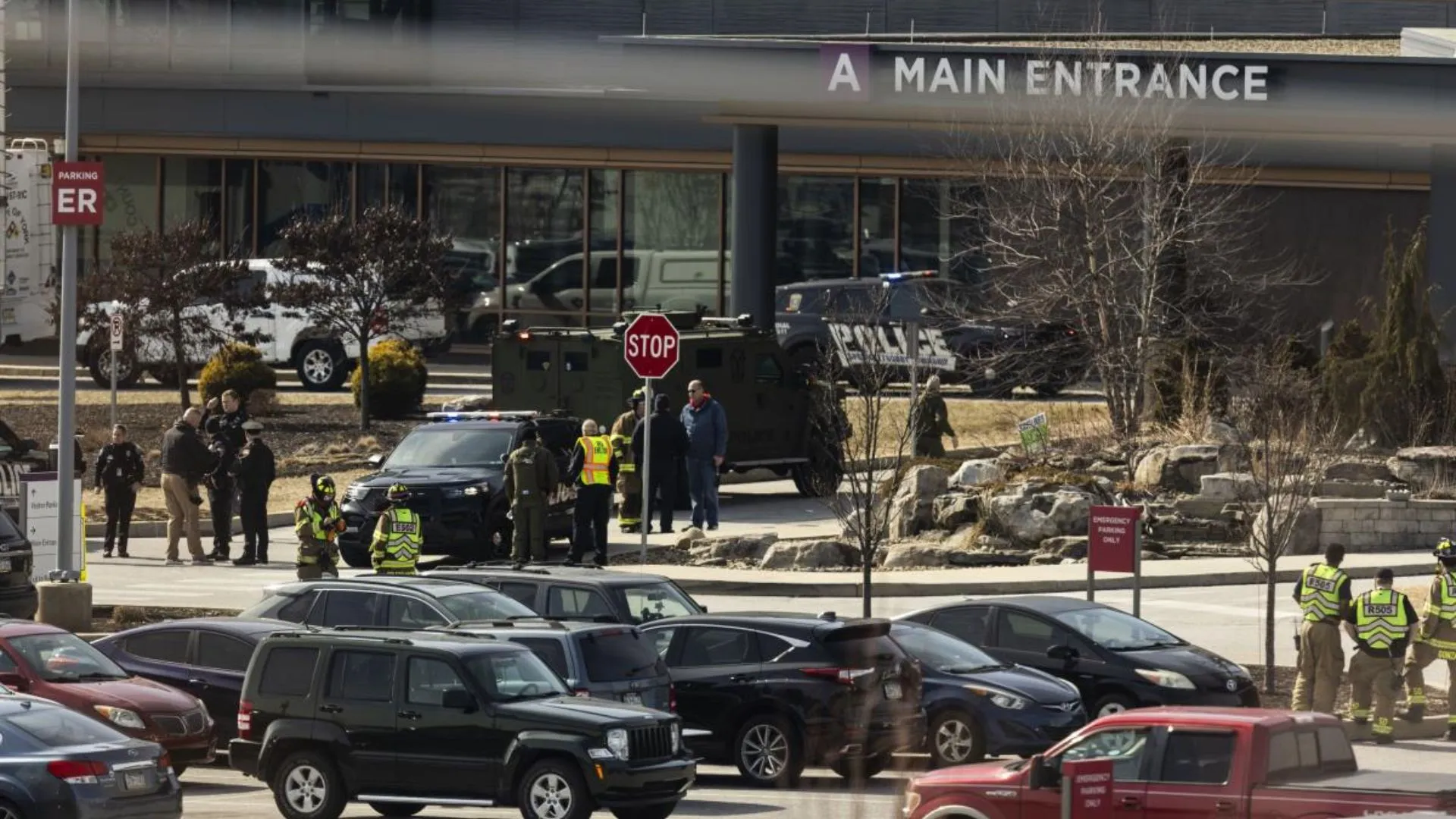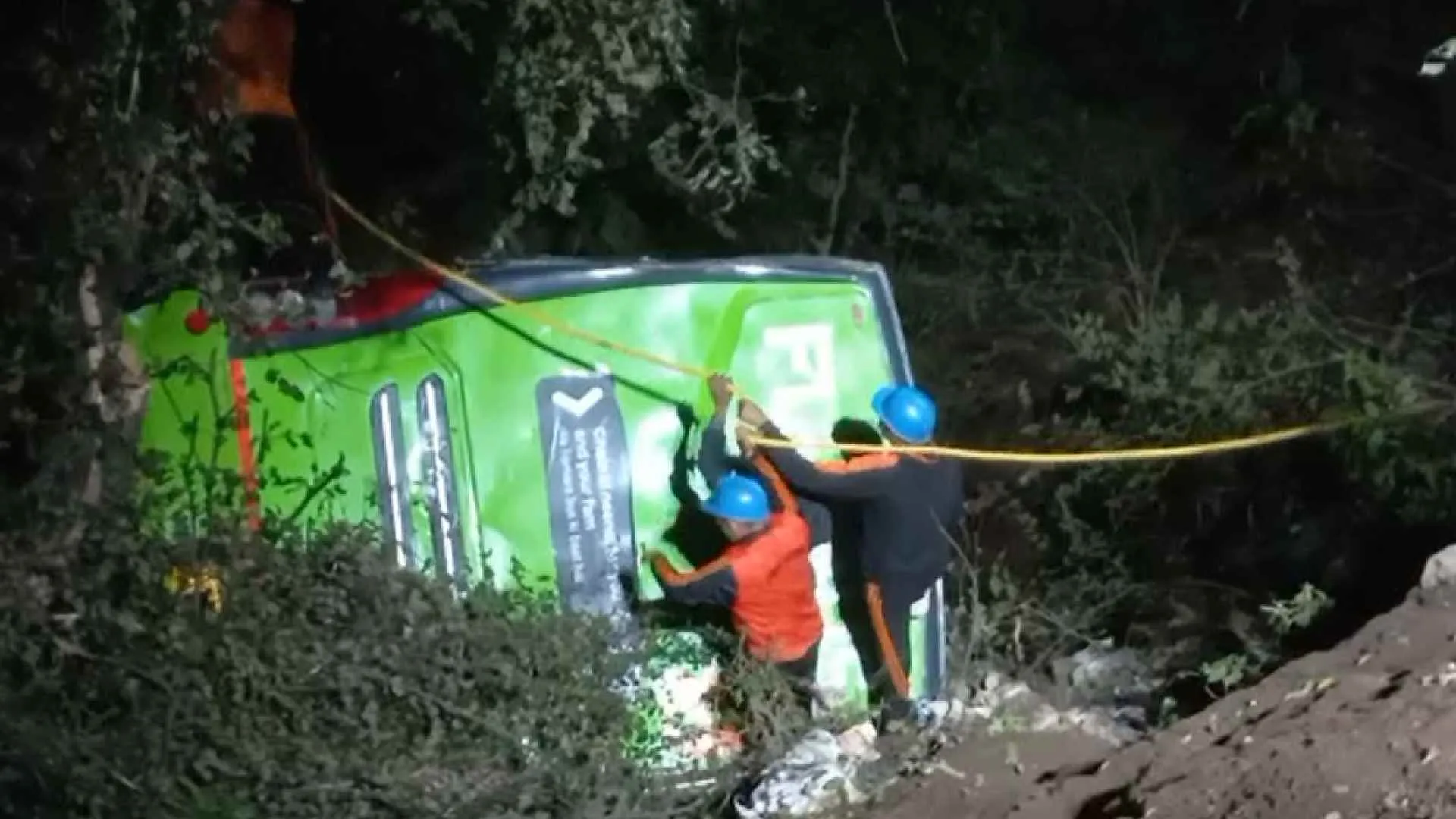Delhi residents awoke to a heavy layer of haze on Thursday, as the national capital and surrounding areas’ air quality once more fell into the severe category.
At 8 am, the national capital’s Air Quality Index (AQI) was 364 (in the “Very Poor” category), and at 7 am, it was 408 (in the “Severe” category). The decline in air quality is attributable to unfavourable weather conditions with decreased wind speed and a sharp increase in farm fire events. An AQI of 401 to 500 is considered serious.
According to data supplied by SAFAR (System of Air Quality and Weather Forecasting and Research) India, Gurugram’s AQI remained at 318 and remained in the “extremely poor category,” while Noida’s AQI, which is a part of the national capital region, dropped to 393, also in the “very poor” category.
An AQI between 0 and 100 is regarded as acceptable, between 100 and 200 as intermediate, and between 200 and 300 as poor. An AQI of 300 to 400 is considered to be extremely poor.
North Delhi had the worst air quality, with nearly every station in the area reporting an AQI of 400 or higher.
With the exception of a handful, including Mandir Marg in downtown Delhi, the majority of stations in the city have an AQI above 300.
Data from SAFAR show that Dhirpur in Model Town fell to an AQI of 457, which is a level at which even healthy people can become ill.
Today, the AQI in the vicinity of IGI Airport (T3) was 346, which is considered to be “Very Poor.” The local AQI reading on Wednesday was 350.
The national capital’s air quality getting worse, Delhi officials stopped all development and demolition until further orders.
The Delhi government has been requested by the National Commission for Protection of Child Rights (NCPCR) to close schools till the air quality is better.























